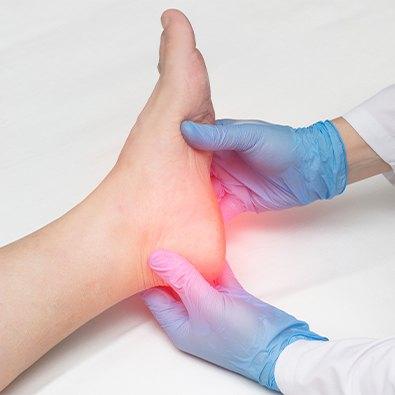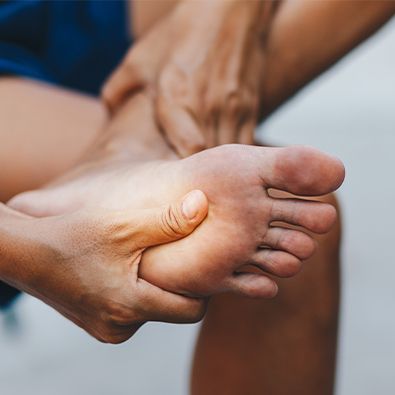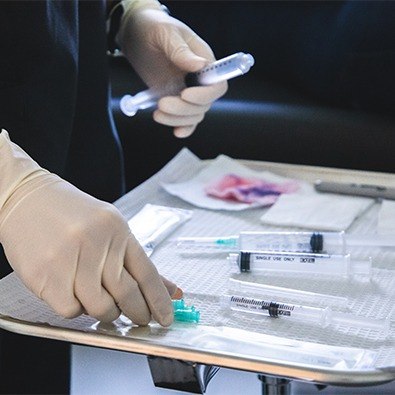
Fax: (860) 430-9693
Glastonbury, CT 06033

The plantar fascia is a broad, taut band of tissue right under the skin on the bottom of the foot that helps support and maintain the arch. It also helps act as a shock absorber for the foot. The plantar fascia stretches from the toes all the way back to the bottom of the heel. Like other tissues in the body, it can be subject to small tears, and without proper time to heal, this can cause someone to develop pain and inflammation, making walking unpleasant if not impossible. Fortunately, the condition is very treatable, especially when you partner with the team at Valley Sports Physicians & Orthopedic Medicine. We offer a range of solutions for treating plantar fasciitis in Glastonbury, CT.

Causes of plantar fasciitis most commonly are standing for prolonged periods of time on hard surfaces (such as cement), running, and working on ladders with soft-soled shoes such as sneakers. People with either flat feet or unusually high-arched feet are more prone to developing plantar fascia. It’s also common during pregnancy, where the combination of weight gain and hormonally induced ligament laxity conspire to cause the condition.

Symptoms of plantar fasciitis classically are sharp pain on the bottom of the heel upon taking the first few steps when getting out of bed or after prolonged sitting, or pain after or during prolonged standing or running. Numbness and tingling are not typical symptoms. Also, pain along the sides or back of the heel bone is not typical of plantar fasciitis. Note that, except in very rare cases, heel spurs are NOT the cause of pain! The body develops spurs in response to the constant tension and irritation by the plantar fascia.

Treatment for plantar fasciitis begins with physical therapy, orthotics, arch supports or heel cushions, tension night splints, and activity modification. Many physicians and podiatrists will also commonly try a cortisone injection. When those methods fail, alternative treatments that have been shown to be helpful include shock wave therapy, Tenex treatments, and TenJet treatments. But if those approaches fail, then many people end up having surgery. But in most cases, all that the surgeon does simply is cut the plantar fascia! (And when they remove a heel spur, what they’re really doing is just cutting the plantar fascia!)
A better non-surgical alternative, once conservative measures fail, is Regenerative Medicine treatments such as Prolotherapy, PRP, and other orthobiologics . These treatments preserve the function and integrity of the plantar fascia while promoting healing and pain relief. These treatments are intended to be curative, in other words, to fix the problem, not just make it feel better temporarily.
Contact us today to make an appointment to see how we can help you with your plantar fascia pain!